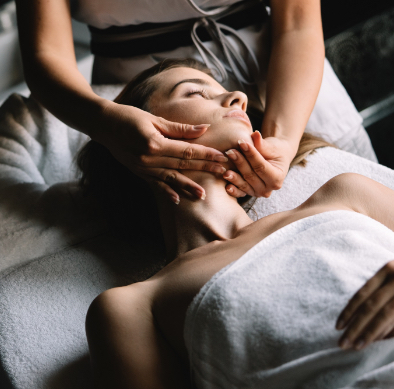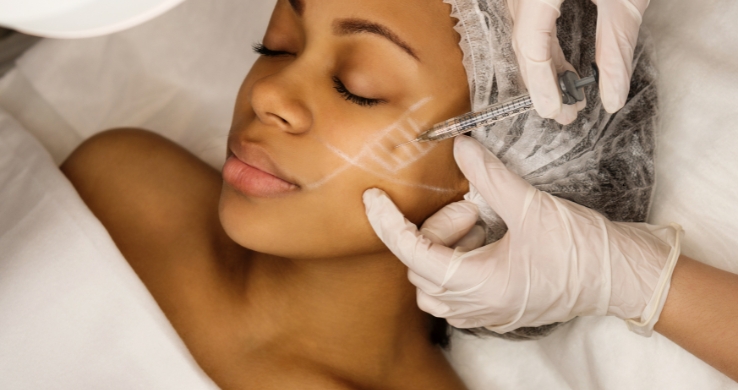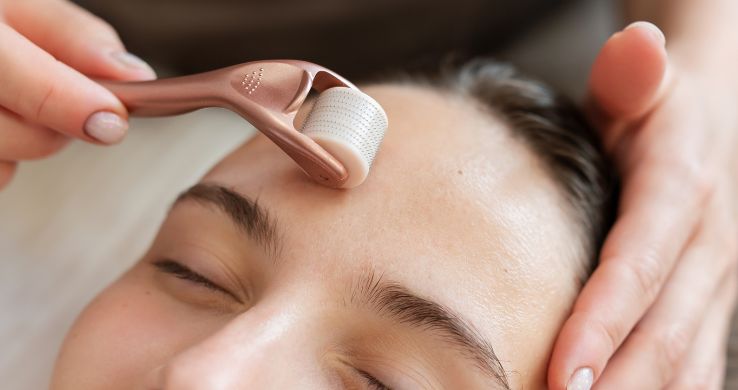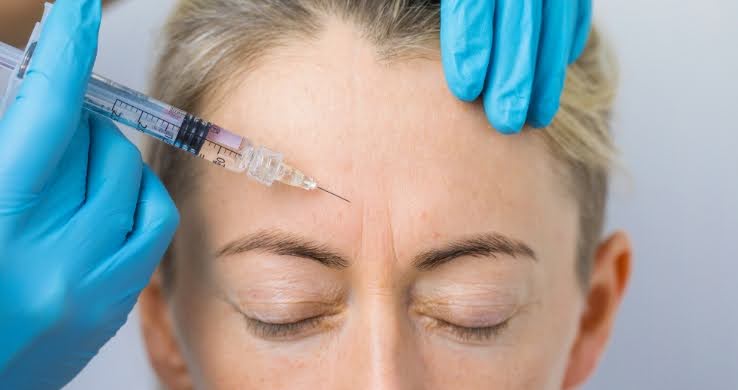Understanding Wrinkle Relaxers
Wrinkles are a natural part of the aging process, but that doesn’t mean you have to live with them! The field of cosmetic dermatology offers a range of anti-wrinkle treatments, commonly known as wrinkle relaxers, which help reduce the appearance of wrinkles and fine lines.
There are several types of wrinkle relaxers available, each with its own unique benefits and considerations. In this article, we will focus on Botox® vs. other wrinkle relaxers. By understanding their composition, procedure, effectiveness, side effects, and cost, you can make an informed decision about which wrinkle relaxer is right for you.
The Science Behind Wrinkles
Before we dive into the specifics of wrinkle relaxers, let’s take a closer look at the science behind wrinkles. Wrinkles occur due to a decrease in the production of collagen and elastin in the skin, as well as repetitive facial expressions and exposure to environmental factors such as sun damage and smoking.
Collagen and elastin are two essential proteins that provide structure and elasticity to the skin. Collagen gives the skin its strength, while elastin allows it to stretch and bounce back. As we get older, the production of these proteins decreases, causing the skin to become thinner and less resilient. This thinning of the skin, combined with repetitive facial movements, is what leads to the formation of wrinkles.
External factors such as sun exposure and smoking can accelerate the natural aging process and contribute to the development of wrinkles. Harmful UV rays from the sun break down collagen and elastin fibers, making the skin more prone to wrinkling. Smoking restricts blood flow to the skin, depriving it of essential nutrients and oxygen, which accelerates the breakdown of the essential proteins and can exacerbate the appearance of wrinkles.
How Wrinkle Relaxers Work
Wrinkle relaxers do not fill in wrinkles or add volume to the skin. Wrinkle relaxers, including Botox, work by blocking nerve signals to the muscles in the targeted area. By temporarily relaxing or paralyzing these muscles, wrinkle relaxers smooth out wrinkles and prevent them from becoming more pronounced. To select the best wrinkle relaxer, consider the longevity, appearance, and cost of the wrinkle relaxers.
How to Use Wrinkle Relaxers
Wrinkle relaxers are an injectable medication, delivered to target muscle groups by a licensed medical aesthetic professional. During the procedure, a trained healthcare professional will inject the wrinkle relaxer into specific facial muscles using a fine needle. The injection is relatively quick and usually causes minimal discomfort. The wrinkle relaxer starts to take effect within a few days, gradually reducing the appearance of wrinkles.
The effects of wrinkle relaxers typically last between three to six months, depending on the individual. Over time, the body naturally metabolizes the wrinkle relaxer, and the muscles regain their normal function. To maintain the desired results, follow-up treatments are usually recommended.
The effectiveness of wrinkle relaxers can vary depending on factors such as the severity of wrinkles, the location of the treatment area, and individual differences in muscle activity. A consultation with a qualified healthcare professional can help determine the most suitable wrinkle relaxer and treatment plan for your specific needs.
A Closer Look at Botox
Botox® is one of the most well-known wrinkle relaxers and has been used for cosmetic purposes for decades. It is derived from the botulinum toxin A, a neurotoxin produced by the bacterium Clostridium Botulinum.
Botox has revolutionized the field of cosmetic dermatology, providing individuals with a non-surgical option to reduce the appearance of wrinkles and fine lines. The popularity of Botox can be attributed to its effectiveness and minimal downtime.
The Composition of Botox
Despite being derived from a neurotoxin, Botox is safe when used in small, controlled doses. The composition of Botox includes a purified form of botulinum toxin type A, along with other ingredients that help stabilize and preserve the product.
These additional ingredients play a crucial role in ensuring the potency and longevity of the Botox treatment. They work together with the botulinum toxin to deliver optimal results, while also minimizing the risk of adverse reactions.
Botox should only be administered by a licensed professional who has undergone specialized training in cosmetic dermatology or medical aesthetics. This ensures that the treatment is performed safely and effectively, maximizing the benefits while minimizing the risks.
What is the Difference Between Botox and Wrinkle Relaxers?
There is no difference between Botox and wrinkle relaxers. “Botox” is a trade name and type of wrinkle relaxer. As Medical Aesthetics has advanced in recent years, many other wrinkle relaxers have emerged in the market. Although all wrinkle relaxers function the same way, you will see subtle differences in the result for each, depending on how your muscles respond to the individual chemical structures of the medication. No matter which type of muscle relaxer you choose, the result can be a desirable look when used appropriately. If the dosage or application is incorrect, the result may look rigid or unnatural. In general, it is recommended to start at the lowest effective dosage for a new patient.
The Procedure and Expected Results
During a Botox treatment, a series of small injections are made into the targeted facial muscles. The procedure is relatively quick and does not require any anesthesia, although a topical numbing cream may be applied to minimize discomfort. For most Botox injections, topical numbing cream is unnecessary.
The precise placement of the injections is crucial to achieve the desired results. A skilled practitioner will carefully assess the patient’s facial anatomy and customize the treatment plan accordingly. This personalized approach ensures that the Botox is administered in a way that addresses the individual’s unique concerns and enhances their natural features.
After the treatment, it is normal to experience mild redness, swelling, or bruising at the injection sites. These side effects typically subside within a few hours or days. It’s important to follow the aftercare instructions provided by the practitioner to optimize the healing process and minimize any potential discomfort.
The results of Botox treatment are not immediate. It takes time for the botulinum toxin to take effect and relax the targeted muscles. Patients usually start noticing improvements within a few days, with the full effects becoming apparent after about two weeks.
Botox is known for its ability to smooth out wrinkles and fine lines, giving the face a more youthful and refreshed appearance. It can also be used to treat other conditions, such as excessive sweating (hyperhidrosis) and chronic migraines, further highlighting its versatility and medical applications.
Botox is not a permanent solution. The effects typically last for about three to four months, after which additional treatments may be required to maintain the desired results. Regular maintenance sessions can help individuals enjoy the benefits of Botox for an extended period.
Botox is a widely popular cosmetic treatment that offers individuals a non-surgical option to address signs of aging. Its composition, procedure, and expected results make it a sought-after choice for those looking to enhance their appearance and boost their self-confidence.





